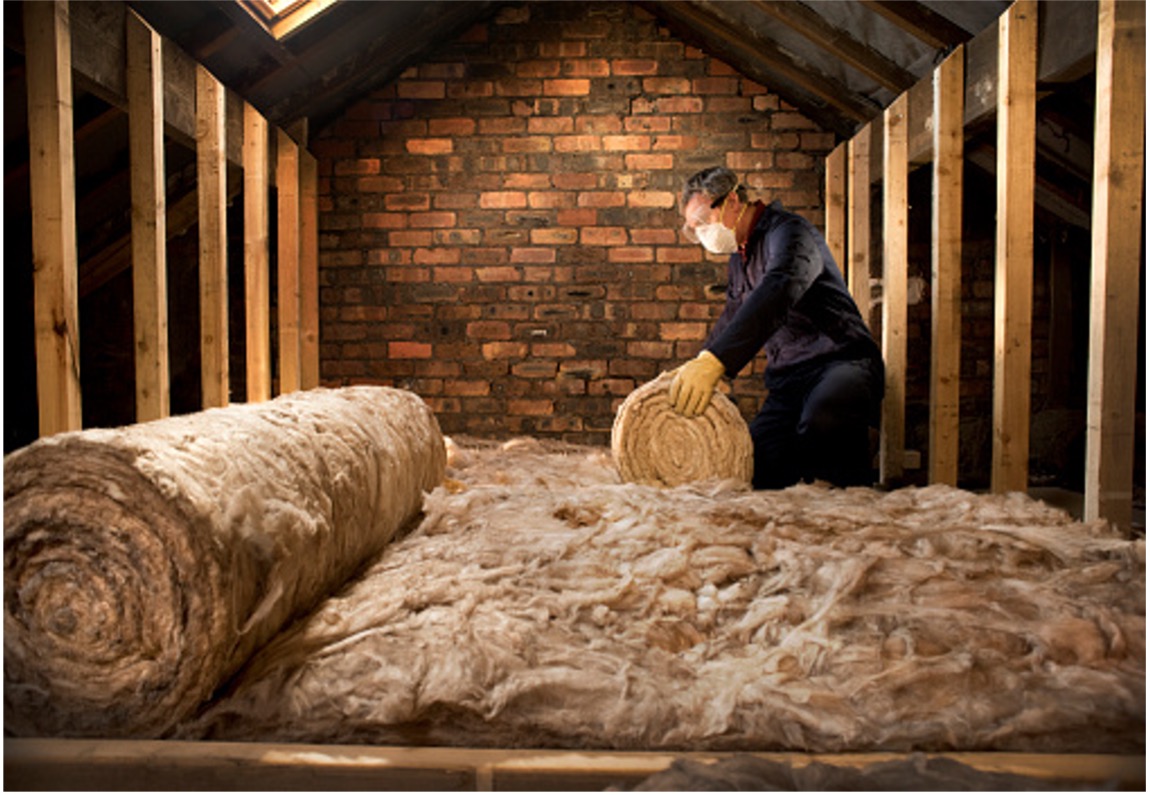
The cost of electricity and gas has risen in 2021 and looks set to climb even higher in ’22.
Homeowners are faced with increases of £100’s or even £1000’s a year. The timing could not be worse, with increased petrol and food prices and the effects of lockdown still being felt by many homeowners. Mortgages look set to rise when interest rates increase. We need a mild winter to offset the increases but of course, this can’t be relied on.
So what can homeowners do to help themselves stay warm, keep bills lower and additionally reduce their carbon footprint?
“There are some easy fixes” says Aydin Sigva of Cavitech.
“Loft insulation will prevent around 25% (that’s £300+ a year) of expensive heat escaping through the roof.”
It should be noted that roofs must be free of damp or condensation prior to insulating and ventilation must be maintained. Laying rolls of insulation between rafters is a fairly simple DIY job but there can be complications – if flooring is laid for example. Care should be taken to prevent overheating in lights below too. The loft will become colder, once heat is prevented from escaping in to it. If it is used for storage that may be an issue.
What else does Aydin suggest?
“Around a third of heat (£400+ a year) is lost through walls. In the right home, insulation will prevent most of this escaping. It’s not a DIY job though, we use specialist equipment to extract old, damp or ineffective insulation and replace it with new. Owners should have their walls checked with a borescope before filling as it will highlight whether there is any debris in the cavity. We find everything there, from sand to old insulation, bird’s nests to bricks and rubble. This will cause damp and cold spots and needs to be removed.”
On average, the cost of laying new insulation in a loft is around £1000, extracting cold, wet insulation from the cavities is approx. £1250 and refilling cavities with nice new, warm insulation will cost around £1000 based on an average 3 bedroom semi-detached house.
